Archaeological excavations in Biskupice – work is underway on the settlement from 7000 years ago
After a year, we returned to the archaeological site of the linear pottery culture in Biskupice near Wieliczka. We managed to discover the traces of new houses from 7,000 years ago, including the remains of one over 30-meter long, so-called long house. This investigation is carried out as part of the research project "Searching for a suitable place to settle down: the plant economy and human-environment interactions at the beginning of the Neolithic period in Małopolska" (grant no. 2018/30/E/HS3/00867; funding: National Science Centre) led by dr. Magdalena Moskal-del Hoyo from the IB PAS. The field work is carried out by archaeologists currently working at the IB PAS: Marta Korczyńska and Robert Kenig. In addition, students from the Institute of Archeology of the Jagiellonian University (IA JU) in Kraków are currently working with the excavation team as part of their summer internships under the supervision of dr. Marek Nowak (IA JU). So far, we have found over a thousand archaeological objects, mainly fragments of pottery. We also have come across lithic materials made of flint, stone and a few ones made of obsidian. As usual, we regularly have collected a number of samples for archaeobotanical research from each archaeological feature.
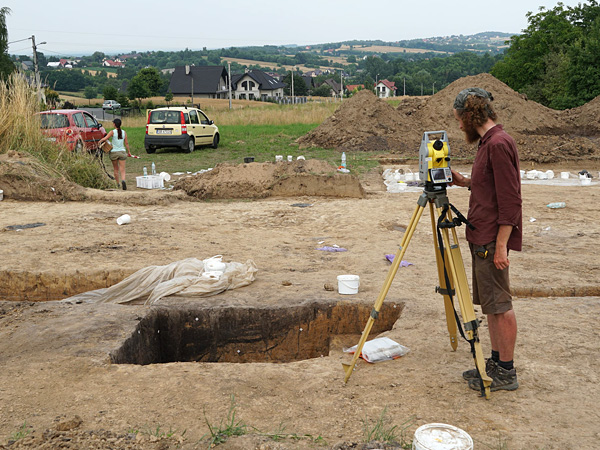
Tracking archaeological finds using a total station.
Photo: M. Korczyńska.
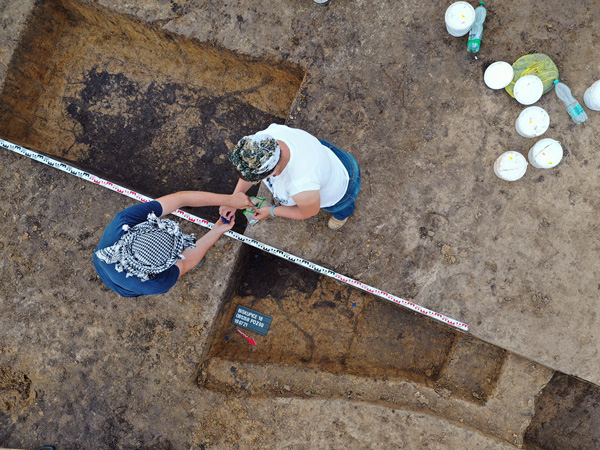
Exploration of clay extraction pits.
Photo: M. Korczyńska.
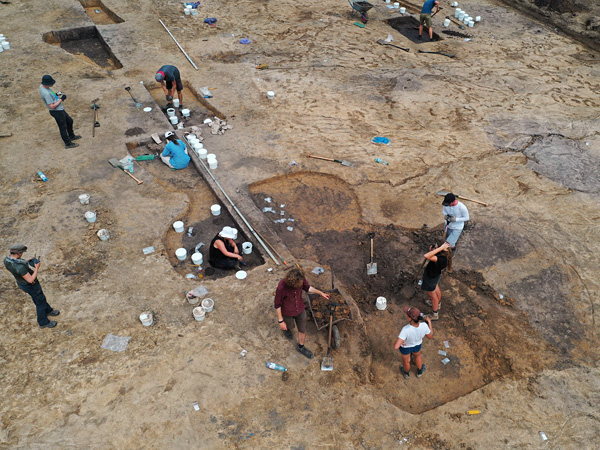
Exploration of clay extraction pits.
Photo: M. Korczyńska.
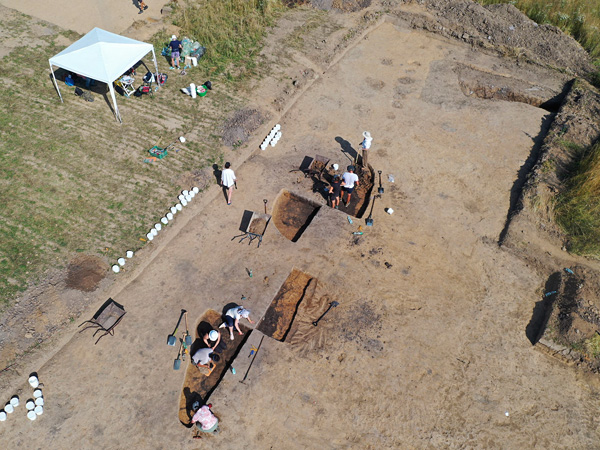
Exploration of clay extraction pits.
Photo: M. Korczyńska.
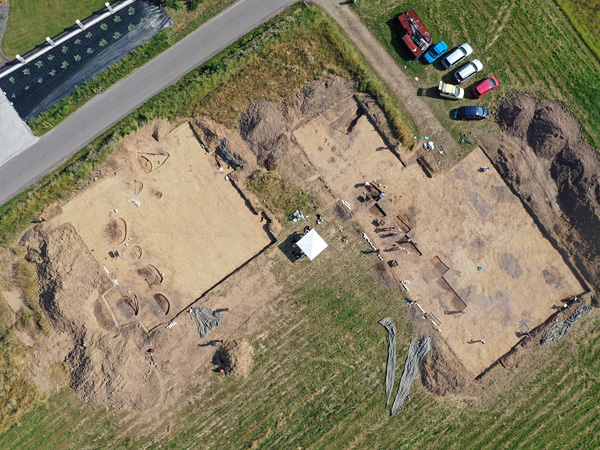
A view of this year's two excavation's units.
Photo: M. Korczyńska.
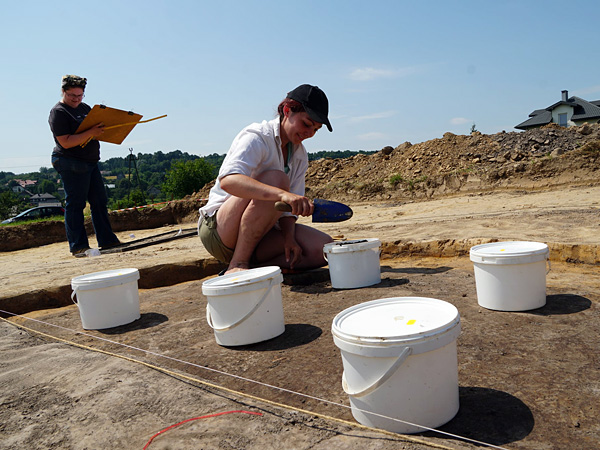
Archaeobotanical sample collection.
Photo: M. Korczyńska.
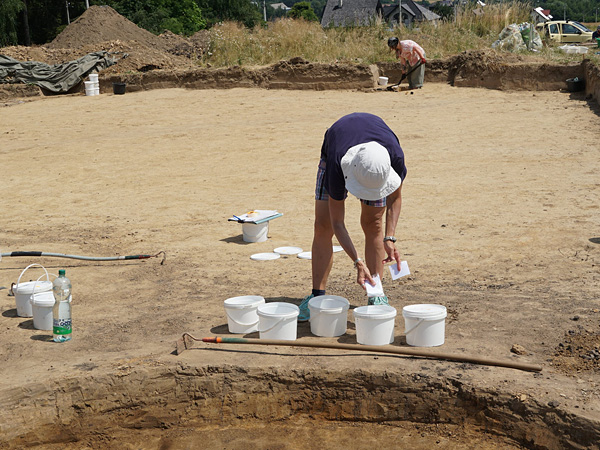
Archaeobotanical sample collection.
Photo: M. Korczyńska.
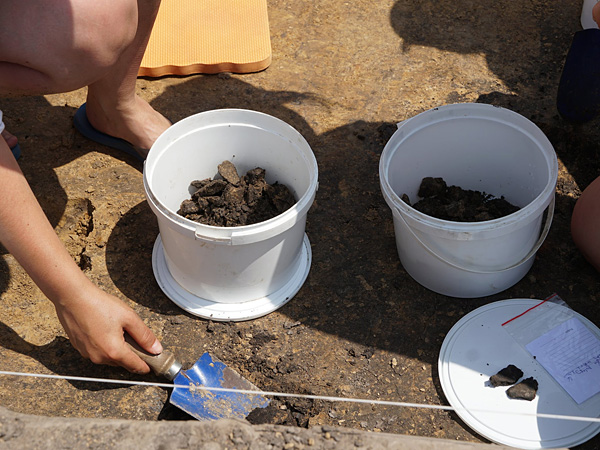
Archaeobotanical sample collection.
Photo: M. Korczyńska.
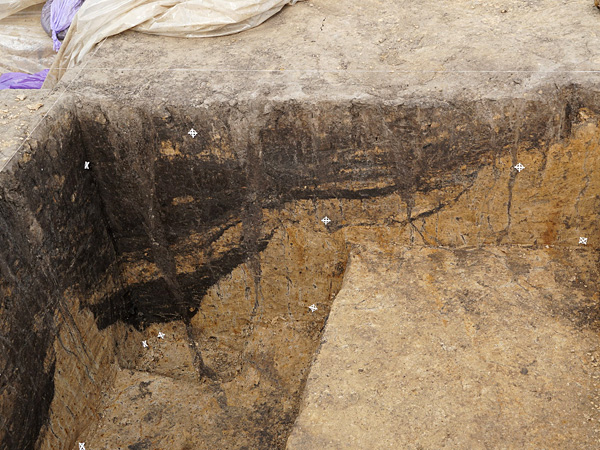
Clay extraction pit profiles.
Photo: M. Korczyńska.
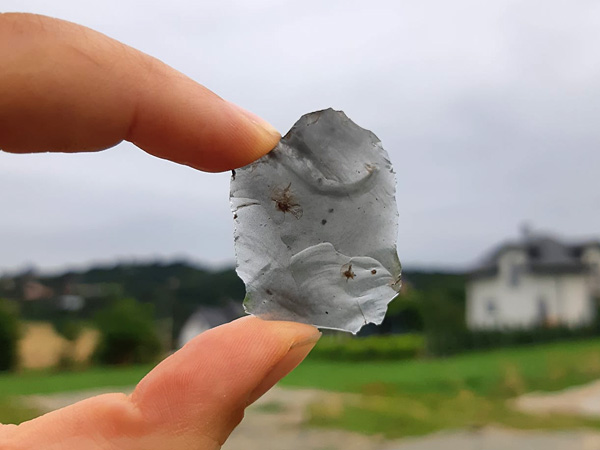
Obsidian flake.
Photo: M. Korczyńska.
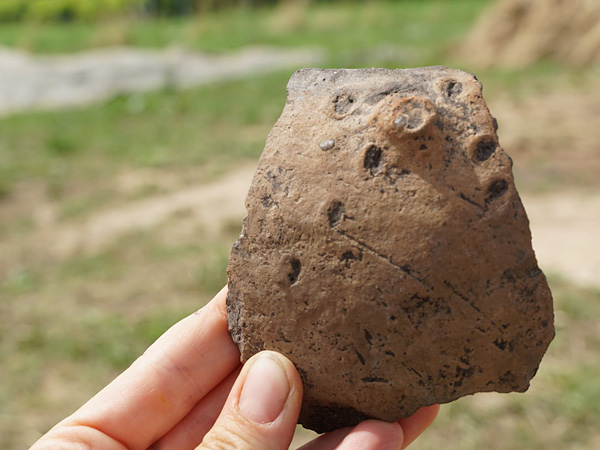
A pottery fragment.
Photo: M. Korczyńska.
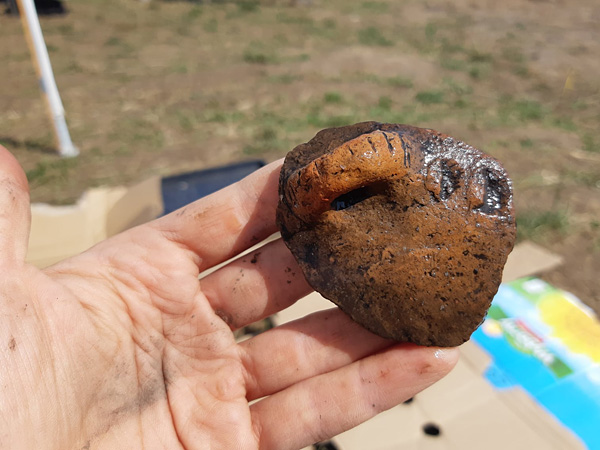
A pottery fragment.
Photo: M. Korczyńska.





